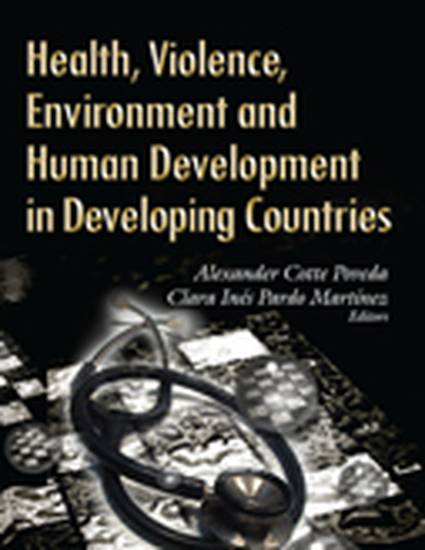
Contribution to Book
Explaining the Violence and Crime in Colombia: A Criminometric Approach
Health, Violence, Environment and Human Development in Developing Countries
(2013)
Abstract
Violence is a significant development constraint that generates economic problems, limits public and private investments, and damages the country’s infrastructure. This paper offers an explanation of violence through an empirical analysis of Colombian departments that takes into account categories of violence and variables of economic development and deterrence of violence. We use different data sets to measure violence and economic development, and we employ a dynamic panel model for a sample of 32 Colombian departments over the period 1993-2007. We find that the aggregate-level production per capita, education, deterrence variables and employment rate show a negative effect on violence, whereas GINI, unemployment rate, hectares under drug cultivation and lagged rate show a positive effect on violence. Moreover, the objective conditions and their interrelationships have been important in the trends of violence in Colombian departments. The findings demonstrate the importance of generating social policies and strategies against violence to increase economic growth and development, productivity, and security for the population across Colombian departments.
Keywords
- Economic development,
- categories of violence,
- deterrence variables,
- Dynamic Panel Data,
- Colombia
Disciplines
Publication Date
Winter September 30, 2013
Editor
Cotte Poveda Alexander and Pardo Martínez Clara Inés
Publisher
Nova Science Publishers
Series
1
ISBN
978-1-62948-038-1
Citation Information
Cotte Poveda Alexander. "Explaining the Violence and Crime in Colombia: A Criminometric Approach" Health, Violence, Environment and Human Development in Developing Countries (1 ed). Ed. Cotte Poveda Alexander and Pardo Martínez Clara Inés. New York: Nova Science Publishers, 2013. 60-85.
